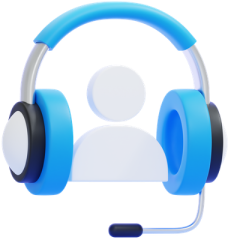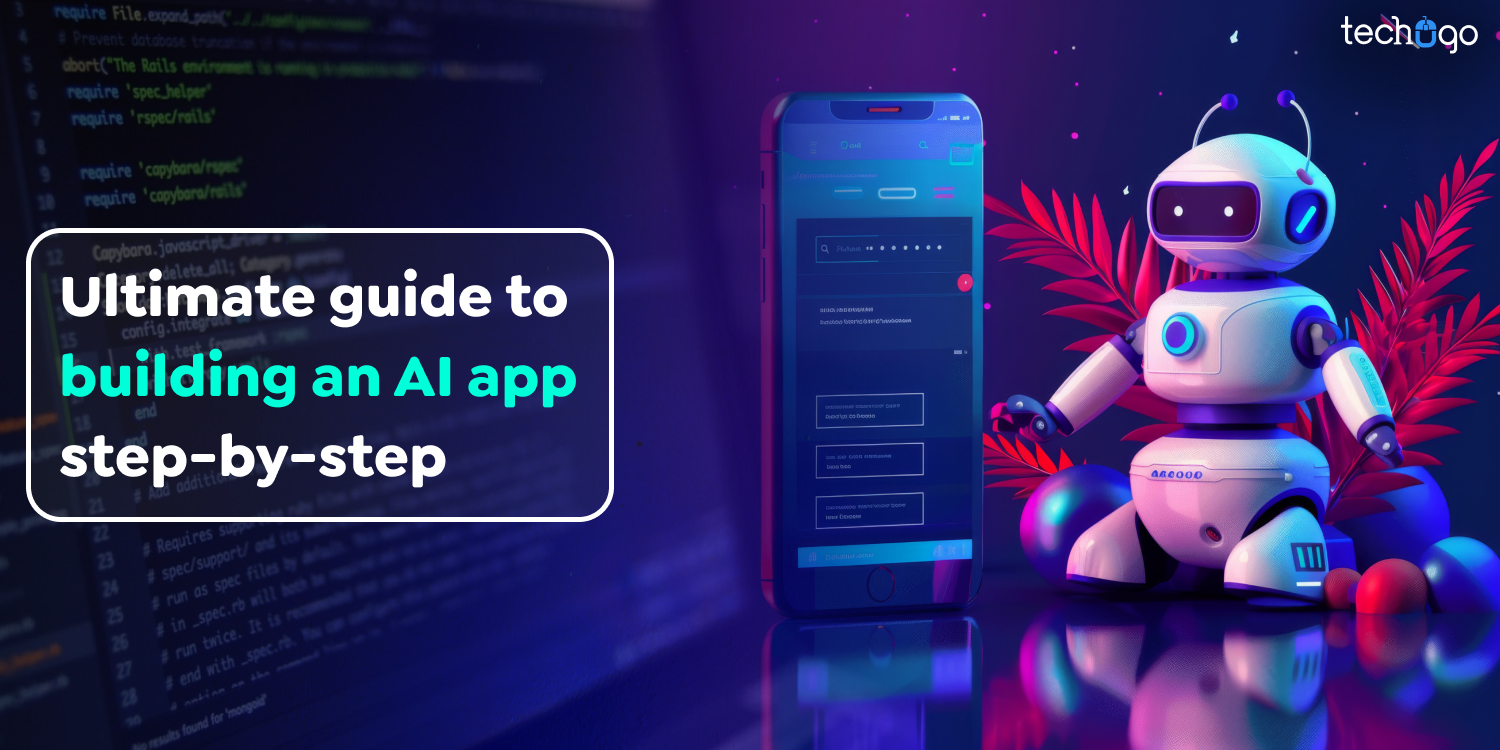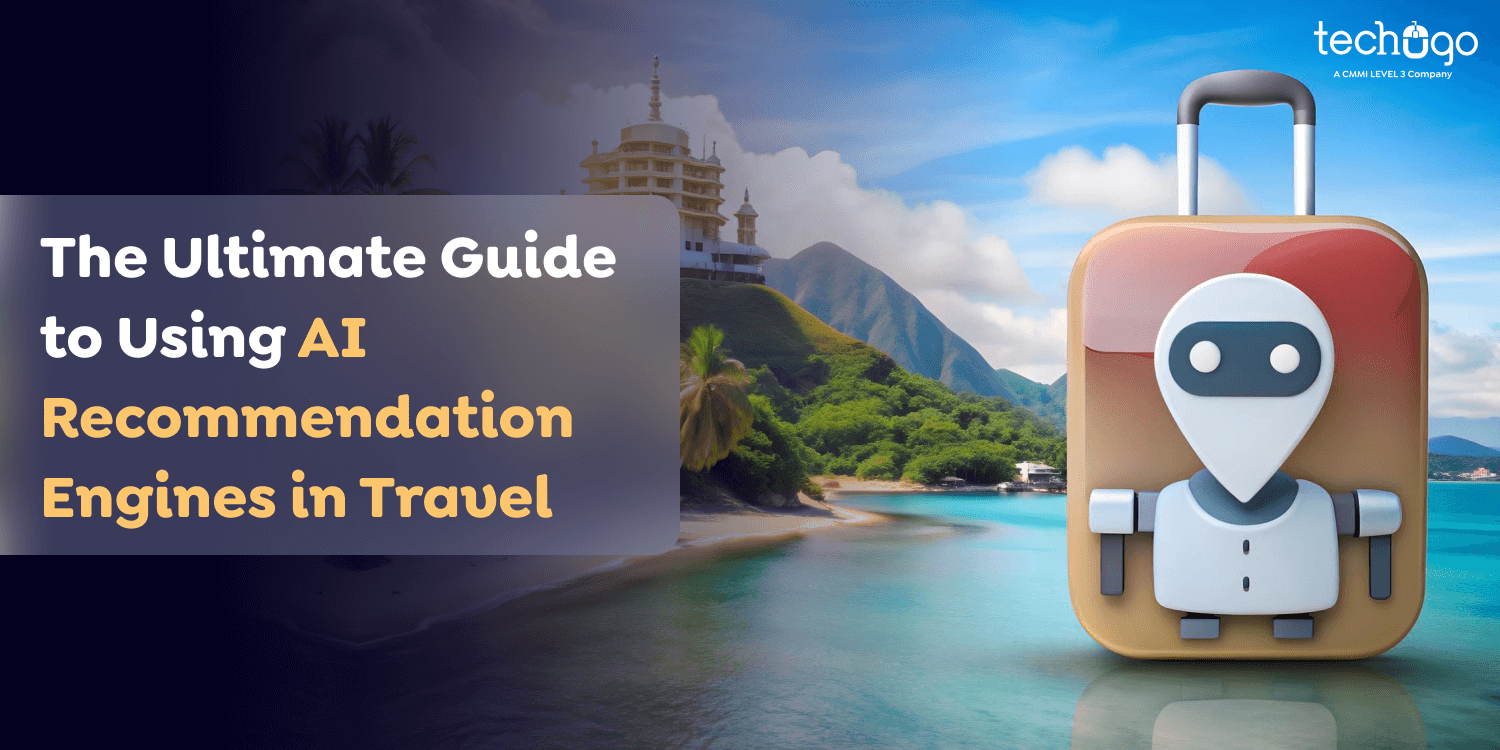20 Dec 2024
Updated on January 30th, 2025
The Ultimate Guide To EHR Software Development: Enhancing Healthcare Efficiency
Matthew Connor

Imagine having your entire health history available at your fingertips—this is the power of EHR Software Development. Especially during the COVID-19 pandemic, EHR software became essential for enhancing healthcare efficiency, increasing productivity, and reducing medical errors.
While EHR software has been in the telehealth space since 2003, clinics have not widely embraced it until recently. Often, a pressing need is required to truly value an innovation. Today, EHR software is a hot topic, with the global market projected to reach $40 billion by 2025. The demand surge is driven by the software’s ability to eliminate paperwork, streamline processes, and provide patients with quick access to their digital health records.
As a leading software development company, we’re here to help your journey in EHR Software Development from beginning to finish. Keep reading to learn how to build effective, customized EHR software.
Understanding Electronic Health Record (EHR) Software

Electronic Health Record (EHR) software is a modern, innovative solution for healthcare professionals. Since EHR systems commonly combine the scheduling of appointments, e-prescribing, medical charting, and billing within a single interface, logistics are made easier while care coordination is improved. To the patients, this software provides a way to continue communication directly with their providers, whereby they can schedule an appointment, check on their test results, and complete necessary forms, all with a password. This enhanced form of communication empowers patients with access to their health information, patient engagement, and satisfaction.
EHR mobile applications are also useful for patients and providers because they allow the full picture of a patient’s experience to be seen across different providers. This continuity enables doctors, specialists, and other healthcare professionals to access a comprehensive medical history, fostering informed decision-making and reducing the risk of errors. EHR technology fosters a “triangle of trust” between doctors, patients, and healthcare systems, promoting an efficient, transparent, and patient-centered approach to modern healthcare.
Now, let’s explore the key benefits of EHR software for both healthcare providers and patients.
Also Read : Why Custom ERP Software Development is a Smart Investment for Growing Businesses
Key Benefits of EHR Software for Healthcare Providers and Patients

When considering EHR Software Development, it’s critical to comprehend the benefits it offers to both healthcare providers and patients. Let’s analyze the methods EHR systems improve the healthcare experience, enhance efficiency, and help both medical professionals and patients.
Advantages for Healthcare Providers
- Reduced Documentation and Storage Challenges: EHR software allows for the retrieval of patient data in the shortest time possible, eliminating the need for paper-based records. This saves time and reduces the storage problem. Moreover, important data can be easily located in an instantly accessible folder.
- Enhanced Efficiency and Practice Management: EHR systems have tools for data tracking, document management and allow basic queries, hence being beneficial to practice in streamlining operations. The redundant work in healthcare facilities can be eased by the use of technology in an enhanced manner to enable the institution to focus on the care of patients and chronic diseases.
- Lower Risk of Errors: Computerized records improve efficiency and clarity compared to handwritten material in that the typed records are not liable to create confusion like the handwritten ones. This reliability increases the correctness of patient treatment and decreases the load on healthcare workers.
- Streamlined Workflow Across Teams: EHR reduces paperwork, which enhances Clinical and Administrative staff. This makes service delivery daily efficient and task-ordered. Entire healthcare teams can spend less time on administrative tasks, meaning more time is spent on patients.
Benefits for Patients
- 24/7 Access to Health Data: Patients can get their health records at any time, which is particularly beneficial in the case of an emergency as it gives the most recent data as to allergies, conditions, or prior treatments, which should help to address the needs of the patients faster.
- Improved Communication with Providers: EHR software enables patients to transfer, print, or use the record from a distance, thus making it easy for them to engage their healthcare providers. This increases consumers’ trust and satisfaction due to the clear and accountable information provided by the organization.
- Support During Emergencies: In emergency cases, when an individual cannot provide some information regarding their medical history. Also, EHR systems deliver background information necessary for effective treatment.
- Seamless Appointment Management: Patients can choose convenient times to make their appointments through the EHR software, which will also promote health care since the visits will be attended to.
- Automated Reminders: EHR systems can send automatic notifications for upcoming appointments and billing reminders. Moreover, it ensures patients stay on top of their healthcare needs without added stress.
Moving forward, let’s explore the different types of Electronic Health Record (EHR) software systems.
Also Read : How Much Does It Cost to Hire Software Developers: A Comprehensive Guide
Exploring Types of Electronic Health Record (EHR) Software Systems
When developing EHR software, it’s crucial to understand the two major types of systems available: server-based (also known as client-based) and cloud-based (also known as web-based). Each has unique benefits and challenges, which affect both usability and data management for healthcare practices.
1. Server-Based EHR Systems
A server-based EHR system, or client-based system, operates with servers installed directly within a healthcare facility.
For facilities with stable internal networks and robust servers, server-based EHR systems offer high speed and responsiveness without depending on internet connectivity. However, the upfront costs can be substantial due to the need for physical hardware and continuous maintenance. Server-based EHR software development provides healthcare facilities with complete control over data management and encryption, ensuring privacy and facilitating efficient workflows. That said, the responsibility for software updates, troubleshooting, and ensuring HIPAA compliance also lies with the healthcare organization, adding an additional layer of operational tasks.
Advantages:
- Speed and performance are influenced by the quality of the internal network and hardware, not internet access.
- Provides full control over data security, allowing healthcare providers to manage encryption and compliance.
- Customizable to the specific needs of the facility, ensuring seamless integration with internal workflows.
Challenges:
- Significant upfront costs for hardware, installation, and setup.
- The burden of ongoing maintenance, software updates, and regulatory compliance falls on the healthcare provider.
- Limited flexibility and scalability, particularly if the practice expands or requires remote access solutions.
2. Cloud-Based EHR Systems
Cloud-based EHR systems, on the other hand, organize patients’ records on servers outside the healthcare institution. These systems are provided by third-party providers responsible for data storage and protection, thus completing the work with hardware equipment. This is a solution that hospitals and other healthcare centers can ‘lease’ by paying an annuity. Thus, its acquisition costs are considerably lower than those of the above-mentioned classical software products.
Cloud-based EHR software development also has the benefit of allowing physicians to access their patient’s information from anywhere in the world with an internet connection, which, for some practices located in rural or remote areas, can prove invaluable. Further, updates and maintenance are by the vendor to relieve the burden of the healthcare staff on administration. However, possible constraints arise from the fact that cloud systems may afford limited control on customization and data ownership and utilization as healthcare providers depend on the cloud vendor’s infrastructure and compliance standards. There are some drawbacks while using cloud systems, which lead to a long loading time when loading files, especially when dealing with a large number of files. This may reduce the performance of practices dealing with a large volume of work.
Advantages:
- Cost-effective with a low monthly licensing fee, reducing initial expenses.
- Minimal setup is required, with vendors handling maintenance and updates.
- Facilitates easy access for healthcare providers and patients from any location, promoting flexibility in care delivery.
Challenges:
- Limited customization options, with little control over updates and feature enhancements.
- Potential privacy concerns, as data is managed by a third-party vendor.
- May experience delays or performance issues when handling large files, particularly for high-demand practices.
After learning about the different types of EHR systems, let’s dive into the key steps to build an efficient and tailored electronic health record (EHR) software solution.
Also Read : How Much Does It Cost to Develop Church Management Software?
Steps to Build Electronic Health Record (EHR) Software

Building effective Electronic Health Record (EHR) software requires careful planning and execution. The following stages are crucial for developing an EHR system that meets the needs of healthcare providers and patients.
1. Validating Your Concept
The first step is to evaluate the viability of your EHR software concept. In this step, you need to define the problem solved by your system, recognize the necessities of health professionals, and decide whether the software will assist in improving the healthcare system’s efficiency. By defining and referring to the project’s objectives and ensuring that they are in harmony with industry objectives, you will be in a position to acquire a clear direction for the development process.
2. Defining Features and Technology Requirements
Once the concept is validated, focus on defining the key features and the technology stack needed. List essential features like patient tracking, data storage, and reporting capabilities. Choose appropriate technologies such as Java, Python, or Swift, and ensure you have reliable databases and cloud services to support scalability and security.
3. Designing and Developing the Software
In the design phase, prioritize user-friendly interfaces and responsive layouts to ensure seamless interactions. The development phase will focus on building the back-end and front-end functionalities. Collaborating with developers to incorporate features and optimize performance will be key to meeting both user and business needs.
4. Testing for Quality Assurance
Testing is a necessary step after development to show that the program is free from defects. Quality assurance will confirm that the software is fit for normal operations. The first feedback will be collected during the alpha test with a select group of users to improve the system before the final release.
5. Launching and Maintaining the EHR System
When the testing process succeeds, the team introduces the EHR system for actual use. The beta phase allows actual users to explore it, and the team uses the results to develop further enhancements. This is why developers consistently update the software to align with changes in healthcare rules, regulations, and clients’ demands.
Let’s explore the essential features to include in Electronic Health Record (EHR) software.
Also Read : How Artificial Intelligence Software is Transforming Modern Business Practices
Essential Features to Include in Electronic Health Record (EHR) Software

When creating EHR software, it’s vital to include a range of features that improve both the user and patient experience. These features will facilitate medical workflows, guarantee data security, and enhance the overall efficiency of healthcare services.
1. Patient Profiles and Appointment Scheduling:
Keeping patient records is among the core responsibilities of any EHR software; the records include patients’ basic information, such as their names, ages, and gender, as well as their health history. The system should preserve this data safely so that only permitted people, including doctors and medical personnel, can view the given data. Moreover, your EHR software must include an effective appointment scheduler that the staff can use to set patient appointments and a reminder of the appointments to minimize the incidence of missed appointments.
2. Streamlined Charting:
Another big positive impact of EHR software is that it replaces electronic records with paper documents. Charting is one of the fastest ways to document a patient’s details, hence the need to implement this feature in a healthcare facility. The adoption of customizable templates, voice recognition, and the value of AI inclusion, like speech-to-text, could save hours for doctors who usually spend so much time typing and documenting instead of treating their patients.
3. Patient Portal Access:
The patient portal is one core service that allows patients to access their records and engage in self-health management. On the website, it is possible to read out electronic prescriptions, results of tests, personal and insurance information, and bills. Other features, such as the ability to message securely within the portal, bring higher value to the patient and the provider, further improving ‘touch points’ and the overall patient experience.
4. Custom Templates for Clinical Specialties:
5. E-Prescription Capabilities:
A feature of these systems is e-prescriptions, which considerably minimize the use of handwritten prescriptions and discrepancies. This feature aims to make prescriptions clear and electronically sent to the intended pharmacy, hence improving the flow and reducing errors. Furthermore, the e-prescriptions give a record of all the medications prescribed in the past. Also, the alert of refill time enhances the patient’s compliance with the medications, thus reducing the risk of medication errors.
6. Real-Time E-Communication:
Tools to support E-communication within the EHR system promote effective real-time communication between healthcare providers and patients. Doctors can instantly resolve less severe health issues using in-app information exchange, while patients may share updates regarding their condition, including photos of the symptoms, with their healthcare provider. It can contribute to benefitting the patients by allowing the expert to consult remotely.
7. Comprehensive Support and Training:
The usability of such healthcare systems depends on the easy user interfaces of the implemented EHR systems as well as enhanced customer support. Having well-developed and frequently asked questions, tutorials, and general easy ways of contacting technical support is also imperative to prevent these problems. Educating healthcare practitioners on the proper use of the software will also guarantee the progression of efficient patient care through periods of change.
Now, let’s explore why Techugo is your ideal partner for EHR Software Development, combining cutting-edge technology, industry expertise, and a commitment to seamless healthcare solutions.
Also Read : How Veterinary Practice Management Software Boosts Clinic Efficiency and Care
Why Choose Techugo for EHR Software Development
When it comes to EHR software development, Techugo stands out as a trusted partner for healthcare providers looking to streamline their operations and enhance patient care. Our team of experienced developers combines deep industry knowledge with advanced technical expertise to create secure, scalable, and user-friendly EHR solutions. Our mobile app development company prioritizes customization to ensure the software aligns perfectly with your unique practice needs, whether you’re focused on improving efficiency, reducing medical errors, or providing better patient engagement.
Conclusion:
EHR Software Development is revolutionizing the healthcare industry by streamlining patient data management, reducing errors, and improving efficiency. As healthcare continues to embrace digital transformation, implementing an EHR system ensures that both healthcare providers and patients benefit from faster, more accurate, and transparent interactions. With the right features and technology stack, EHR systems can enhance patient engagement, support healthcare professionals in their workflows, and help meet regulatory requirements.
As the demand for EHR systems grows, healthcare organizations must prioritize effective EHR Software Development to meet the evolving needs of modern healthcare. By focusing on user-friendly interfaces, secure data management, and advanced features like e-prescriptions and real-time communication, healthcare providers can enhance patient care and ensure seamless coordination across the entire care journey.
Get in touch with us today to start your journey with EHR Software Development and transform the way you manage patient care!
Get In touch
We are excited to here from you and let’s start something special Together. Call Us for any inquiry.
Write us
sales@techugo.caJust a call away
About you




